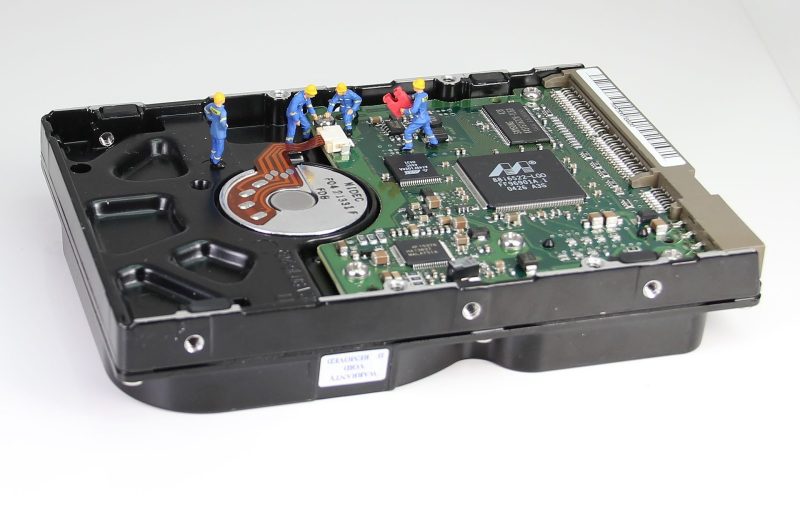When you notice that your Macbook is beginning to perform sluggishly, do not think about the need to purchase a new model immediately. It was only a matter of time before it started to under perform.
There are a lot of things you can do to improve the situation and make the Mac almost as good as new without spending money. Follow the step-by-step instructions below, and you are going to enjoy a Macbook that is working great again.
Step #1 – Clean Dust and Dirt
Sometimes, the problem may stem from something other than technical difficulties. If you have not cleaned the filth inside that has accumulated over the years, now would be a good time to do that.
One of the best indicators that you have a dust problem is a sudden increase of the internal fan noise. Overheating also indicates that something is not right inside the Macbook.
Be sure to clean the filth inside regularly. And if you want to solve the problem with high temperatures, even more, consider buying a cooling pad. It might be a worthwhile investment.
Step #2 – Free up Disk Space

Lack of disk space is quite common, and it occurs mostly because people are unable to fit all of their stuff on the Macbook. There are ways around a relatively small Mac disk.
- Deleting junk files like caches, app extensions and plugins, and old backups.
- Removing old applications, email attachments, downloads, unnecessary language packs, and any other files that you no longer need.
- Transferring data to Dropbox and iCloud.
- Subscribing to streaming platforms and eliminating the need to keep large media files like movies or TV shows.
- Putting some files in external storage devices like USB memory sticks.
Step #3 – Scan for Malware
You may read some articles about how macOS is immune to malware, but such beliefs are far from reality. Every computer, including Macbooks, should have reliable anti-virus software that prevents potential threats.
It is possible that the reason you are struggling with the computer is due to a virus or malware. Thoroughly scan the Mac, and if the software finds any threats, remove them.
In some instances, you may be forced to reinstall the OS due to the nature of the threat. Dealing with a reinstallation process is never fun, so be more careful with the cybersecurity threats in the future.
Step #4 – Find Resource-Hungry Applications
Activity Monitor is a useful tool that shows which processes are consuming the most memory and other resources. Apps can be sorted by CPU and memory usage. Look at what the situation is like with your system.
Some processes are an integral part of the system and cannot be removed or changed. But you may find applications that are running in the background and offer no merit or even consuming more resources than they should. Such apps can be removed or replaced with alternatives.
Step #5 – Optimize Web Browser
A number of people experience the most problems when they are using the internet. And it may be that neither your ISP provider nor the computer is at fault.
Web browsers can get out of control if you are not careful. This happens when users go over the top with the number of extensions and add-ons. They install everything that seems like a neat feature but fail to realize how much of a toll it puts on the browser.
Remove extensions that are not essential to your browsing. Also, clear the cache and browsing history. If the issue persists, try installing and using another browser.
Step #6 – Get Rid of Desktop Clutter
There are some who have a bad habit of putting every file on their desktop. Icons on the desktop consume computer resources every time you switch between the desktop and another window.
Here is a good piece of advice for Macbook users as well as other OS fans – do not clutter your desktop with icons. The number of those should be kept to a minimum. In fact, it would be better not to have any at all.
Organize files in an orderly manner by putting them in folders and transferring the folders to another location. You will notice how quickly the Mac will load after restarting it and how smooth it will feel using it overall.
Step #7 – Update the OS
New updates to the OS introduce stability and performance improvements as well as patches for discovered threats. In general, updates should be installed at your earliest convenience, even if they are relatively small.
It is worth mentioning that several people have experienced a drop in performance when they update the macOS. It seems like older Mac models are not optimized for the most recent OS version. If that happened to you as well, switch back to the previous version and wait for a hotfix.